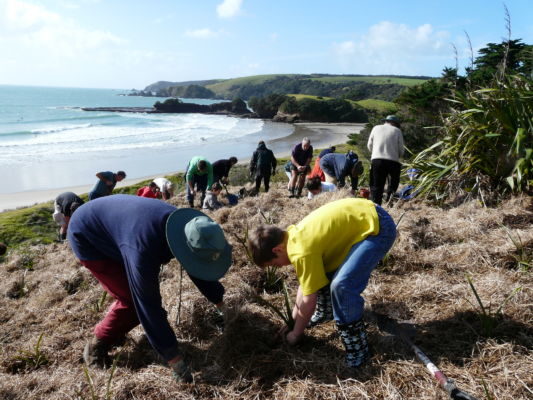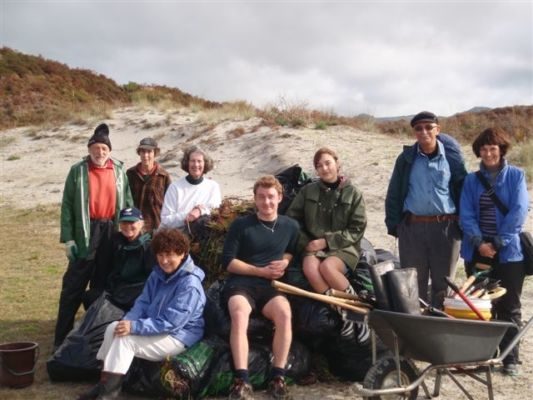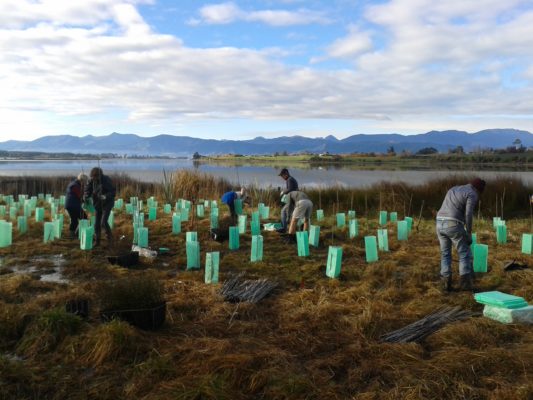Public conservation land is only a small proportion of the total land of New Zealand and isn’t necessarily representative of the full range of ecosystems. David Norton (School of Forestry, University of Canterbury, Jason Butt (Environment Canterbury) and David Bergin (Environmental Restoration Ltd) look at how we can sustain and enhance native biodiversity on private land in a paper just published in Ecological Management and Restoration.

According to the authors, New Zealand’s public conservation areas are biased towards inland and upland regions, excluding areas with higher productive value that were converted to other land uses with human settlement.
“If we are to sustain the full range of native biodiversity, then we also need to prioritise biodiversity conservation on nonconservation (private) lands that are used for pastoral farming, cropping, plantation forestry and horticulture and urban areas.”
The usual approach to enhance biodiversity on private land is either protecting surviving remnants (‘land sparing’) or through sympathetic management practices that reduce impacts on the remaining native biodiversity (‘land sharing’).
“A further approach involves facilitating the re-establishment of natural ecosystems in degraded areas, usually after removal of pastoral farming. This restoration can either involve allowing nature to reclaim the land through largely natural successional processes or promoting recovery through active restoration planting and seeding.”

As well as increasing the extent of native habitats and increasing connectivity between remnants, there can be other environmental benefits, including improved water quality, less erosion and increased carbon sequestration.
“While there are several new regional-scale initiatives (Reconnecting Northland, Banks Peninsula Conservation Trust), there is still relatively little large-scale coordination for most of the excellent restoration projects being undertaken. However, this is set to change through the Trees That Count initiative. This initiative has the potential to result in an unprecedented increase in the amount of restoration undertaken in New Zealand, with almost all of it occurring on private land previously used for pastoral farming.”
The authors believe such large-scale initiatives have the potential to make a significant contribution to reversing biodiversity decline and combatting greenhouse gas emissions, but caution that to maximise benefits, it’s not just a matter of ‘planting a tree in the ground.’

“We make 8 recommendations that we believe will assist upscaling restoration efforts:”
1. Retain what is left and manage it properly.
2. Before starting restoration, address the factors that limit natural regeneration and will hence limit any planting.
3. Consider how large-scale plantings can increase strategic linkages and habitat area, and enhance all-year-round food supplies for local fauna.
4. Eco-source an ecologically appropriate range of plant species and mycorrhizae.
5. Establish certification for seed and seedling supply.
6. Invest in new technologies for revegetation.
7. Adopt best-practice planting and early management, including appropriate monitoring, to ensure the long-term success of restoration.
8. Integrate all for optimum result.
Norton et. al. expand on each of these points in the full article which is published in the journal Ecological Management & Restoration and available online through the website ‘New Zealand’s Biological Heritage’:
Upscaling restoration of native biodiversity: A New Zealand perspective (2018)

